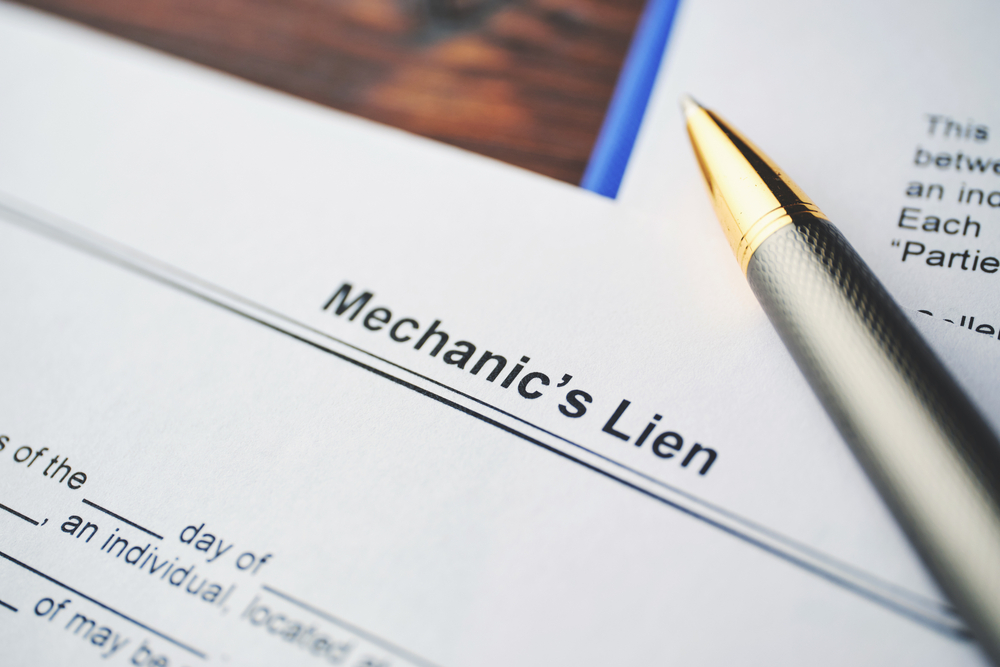Ugh, rules, rules, and more rules. The mechanic’s and materialmen’s lien—easier to call it an M&M lien—has more rules than a wife for her husband’s bachelor party trip to Vegas. There are time constraints, backcharges, hidden penalties…it’s enough to make a contractor or subcontractor’s head explode!
Hold on and take a deep breath. The Cromeens Team has you covered. Let’s see if we can sort out a little of this M&M lien complexity so you can get to the business of making money.
Confronting the M&M Lien Complications: It’s About Time
The main sorts of issues that may crop up regarding an M&M lien relate mainly to a claimant not following the requisite rules necessary to legally secure their interests in the property.
Improper notice, untimely notice, untimely filing of the lien, and other incorrect procedures in relation to filing a lien affidavit can hinder a contractor or subcontractor’s legitimate interest in the property.
Therefore, to avoid any probable complications that may arise and to ensure that one’s rights are fixed and enforceable, a claimant has to follow certain steps to “perfect” the lien.
Perfect Timing
Perfecting a lien basically requires giving timely notice to relevant parties in the action. This is done to ensure that anyone who may be vulnerable to a lien claim is given sufficient time and opportunity to minimize their liability.
The procedure for perfecting a lien depends on the type of contractor filing a claim. However, it should be noted that all liens should be filed in the county where the property is located.
Lien on us
Depend on the legal team at The Cromeens Law Firm for your lien and collection needs.
- Prime Contractors: need to file the lien by the 15th day of the 4th month after the debt hasn’t been paid and send notice of the filing no later than the 5th day after the date of filing
- Subcontractors (non-residential): need to provide notice to the owner of the property and the prime contractor by the 15th day of the 3rd month after the debt was accrued; they must file by the 15th day of the 4th month after the subcontractor provided labor or materials for the project
- Subcontractors (residential): must provide notice to the owner of the property, as well as the prime contractor, by the 15th day of the 2nd month the debt was accrued; they must file by the 15th day of the 3rd month after the debt was accrued
- Other Contractor or Laborer: a contractor who contracts with the sub-contractor, and not the prime contractor, must send notice by both the 15th day of the 2nd month to the prime contractor and the 15th day of the 3rd month to both the prime contractor and the owner; they must file by the 15th day of the 4th month after the debt was accrued and send notice of the filing no later than the 5th day after the date it was filed
- Supplier or Other Persons (non-residential): must send notice by the 15th day of the 2nd month after the debt was accrued to the prime contractor; they must send notice to both the prime contractor and the owner by the 15th day of the 3rd month after the debt was accrued; they must file by the 15th day of the 4th month after the debt was accrued and send notice of the filing no later than the 5th day after the date after it was filed
- Supplier or Other Persons (residential): must send notice by the 15th day of the 2nd month after the debt was accrued to both the prime contractor and the owner; they must file by the 15th day of the 3rd month after the debt was accrued, and send notice of the filing no later than the 5th day after the date it was filed
All notices must be sent via certified mail.
Put the Best Players on Your Team
Attorneys at The Cromeens Law Firm are here to guide you through the process of filing your M&M lien. Don’t let Father Time sneak up on you and curve ball your contract with an untimely filing. Contact one of our experienced attorneys today by calling 713-677-2136 or online to discuss your options and ensure that your assets are covered.
This article is intended as a general educational overview of the subject matter and is not intended to be a comprehensive survey of recent jurisprudence, nor a substitute for legal advice for a specific legal matter. If you have a legal issue, please consult an attorney.




